
IN THIS ISSUE:
NCC’S LATEST REPORT
BROADBAND AFFORDABILITY
NCC AT MOUNTAIN CONNECT
NCC AT THE DIGITAL OPPORTUNITY SUMMIT




IN THIS ISSUE:
NCC’S LATEST REPORT
BROADBAND AFFORDABILITY
NCC AT MOUNTAIN CONNECT
NCC AT THE DIGITAL OPPORTUNITY SUMMIT



BY CORIAN ZACHER AND STACEY BAXTER
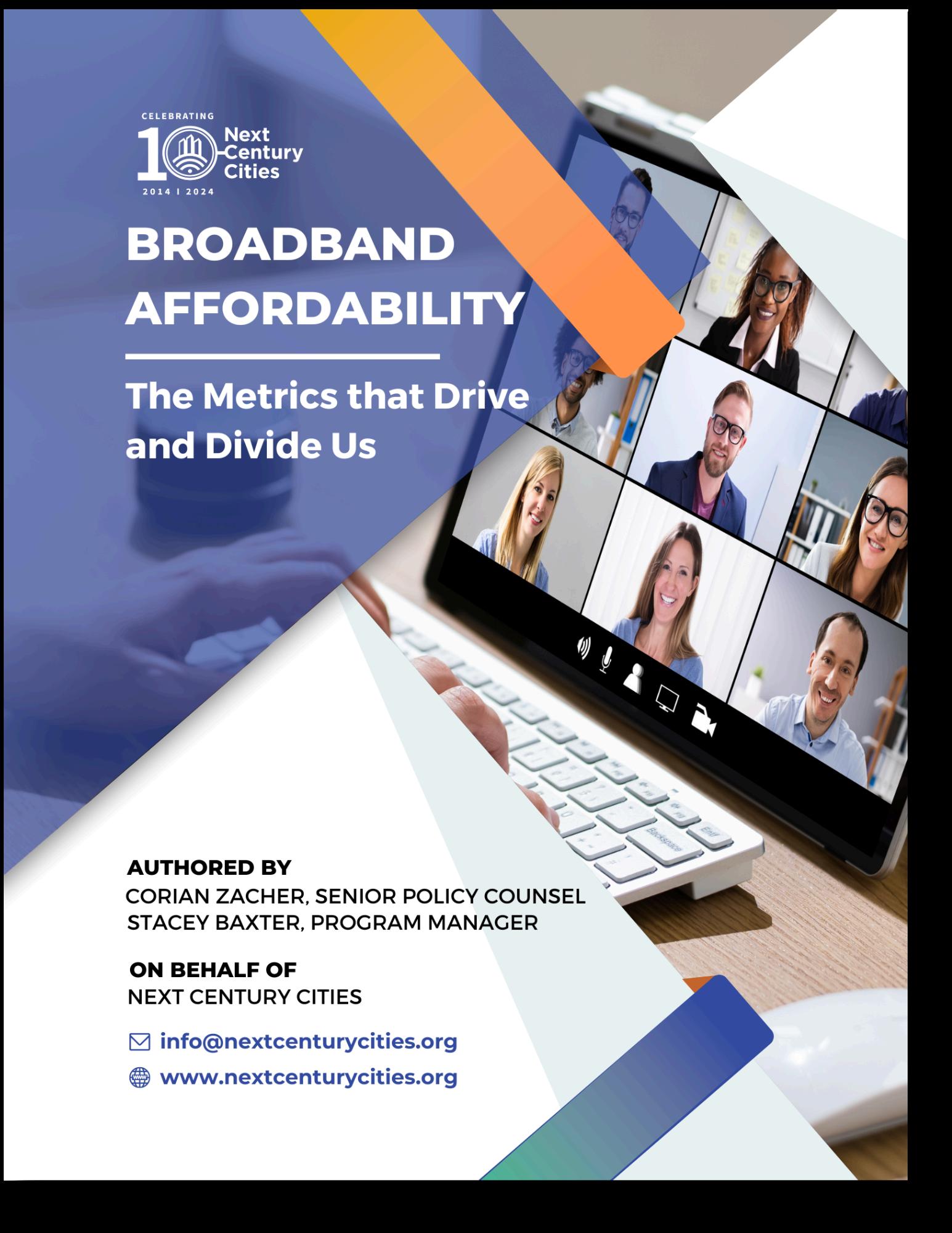
The connection between poverty and lack of access to broadband service has been researched many times over the past decade, particularly in the last four years since the onset of the global pandemic. In the latest report by Next Century Cities, The Metrics that Drive and Divide Us, additional data from the American Community Survey (ACS) and the Census further reveal the correlation between individuals living in poverty and those who do not have an Internet subscription
The report examines over 270 cities, counties, towns, municipalities, and parishes, five U S territories, and all 50 states, with a special focus on the communities with the least correlation between broadband adoption and poverty rates. In this focused view, five mutually exclusive categories erupted, with greater than a ten percent difference between poverty and residents without an Internet subscription - 1) High poverty areas; 2) cities with a college or university; 3) rural areas; 4) communities with municipal broadband; 5) U.S. territories.
Based on increased understanding of these five categories, it is imperative that investments are made in community-owned broadband and middle-mile networks, and that additional resources and funding are available to local leaders and communities. Affordable solutions to high-quality broadband subscriptions are the only ways that communities like these can increase access and close the digital divide Explore the facts and figures from Broadband Affordability: The Metrics that Drive and Divide Us The full report is available here.
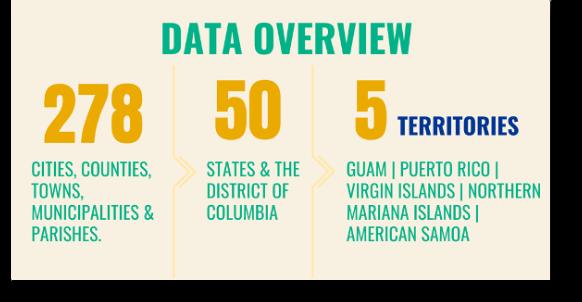
An overview of the information used to inform the report
The key findings from the report
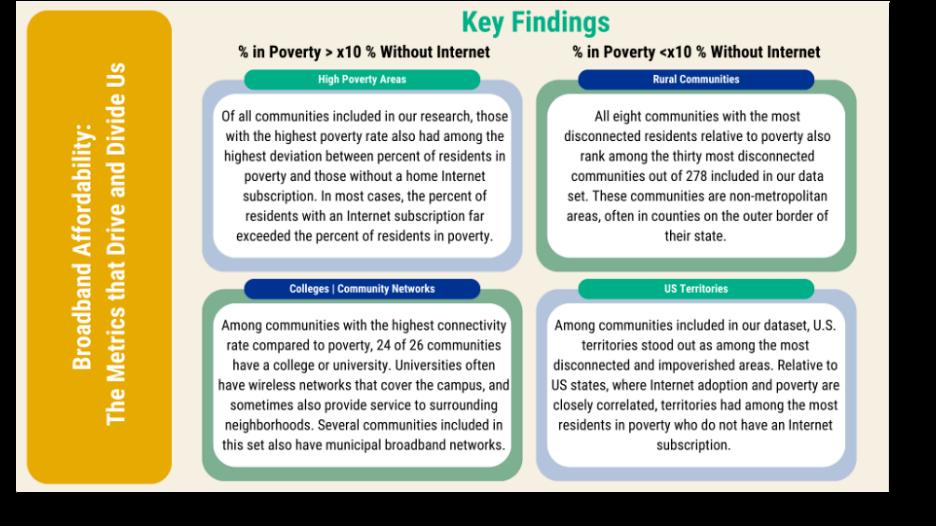
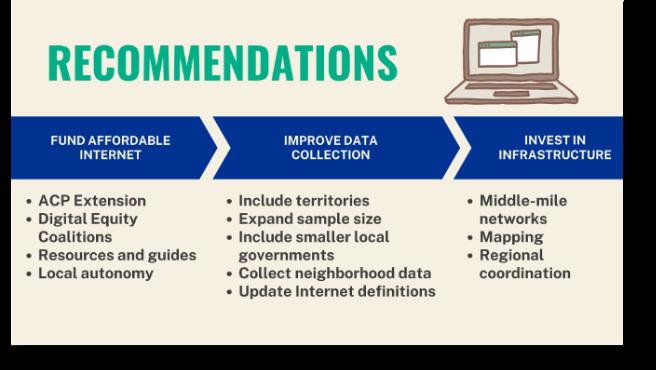
Key recommendations from the report
BY CORIAN ZACHER, SENIOR POLICY COUNSEL
From August 5-7, 2024, broadband and digital equity advocates across the country convened in Denver, Colorado for the annual Mountain Connect conference Next Century Cities’ Senior Policy Counsel for State and Local Initiatives, Corian Zacher, moderated a discussion with Bo Ford, Digital Equity Program Manager for New Mexico State Library, and Shannon Haynes, Town Manager for the Town of Breckenridge, Colorado
The conversation kicked off with an overview of community needs Ford explained that in New Mexico, rural communities are sometimes hours away from metropolitan areas where healthcare, education, and employment opportunities are more accessible. Haynes highlighted the unique challenges to building infrastructure for a small mountain community Both agree that building and maintaining relationships with residents, anchor institutions, and policymakers are critical for tailoring programming to meet ongoing needs.
Haynes described Breckenridge’s ambitious fiber plans. With the Town Council’s support, Breckenridge applied for a grant to connect anchor institutions with fiber Along the path, the town connected to affordable housing, offering service for $40 for residents through a bulk billing agreement.
Ford explained the role that Social Determinants of Health, the nonmedical factors that significantly influence health outcomes, play as a policy framework for guiding digital equity planning. Health experts increasingly recognize broadband as a super determinant of health, facilitating not only direct healthcare connections between patients and providers, but also countless factors that influence health and wellness
You can view the full slide deck here
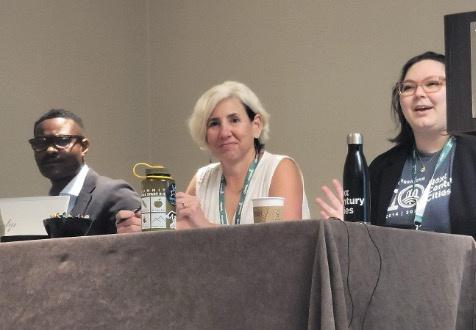


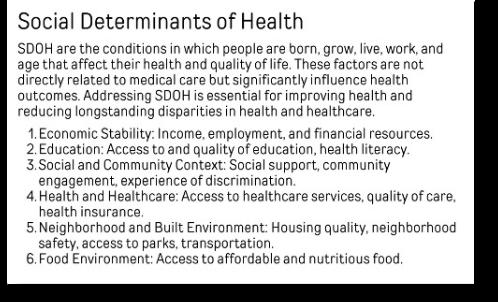
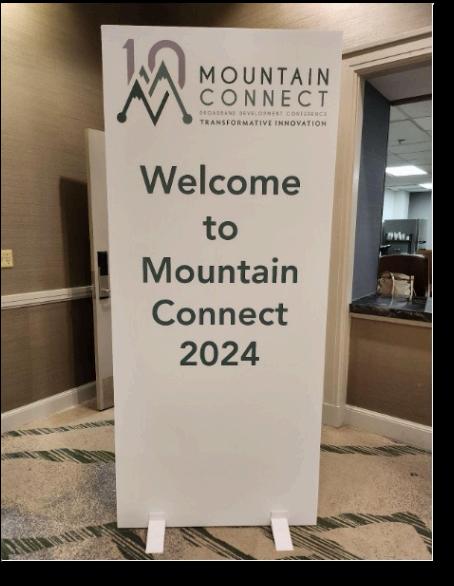
BY RYAN JOHNSTON, SENIOR POLICY COUNSEL
From August 5-7, vendors, broadband deployment specialists, digital equity experts and community leaders from all over the nation came together in Denver, Colorado for the Mountain Connect Conference. Senior Policy Counsel for Federal Affairs, Ryan Johnston, moderated a panel of local officials, industry professionals, and nonprofit service providers. Panelists included Joshua Edmonds, CEO of DigitalC, Taylor Carter-Disanto, Deputy Director of Broadband and Digital Equity for the City of Baltimore IT Department, Alberto Garcia, Government and Community Affairs Manager at Google Fiber, and Ellie de Villiers, Executive Director of the Maple Broadband Communications Union District In Vermont
The discussion began with a simple question, “What is the biggest challenge that we would be facing in a post BEAD world?”

Carter-Disanto and Edmonds highlighted that for urban communities the problems they are likely to face in the future are the same problems they face now. They noted that BEAD funding will not be available to urban communities such as Baltimore and Cleveland. As a result, that would have little bearing on the digital inequities their cities face Garcia noted that Google Fiber's main challenge will be providing the ongoing support to provide both deployment and digital equity solutions to those partners De Villiers explained that even in rural communities BEAD likely cannot connect every household that needs to be served Her challenge post BEAD will be identifying which households have not been connected and determining what solutions are available to bring them online.
Other highlights of the discussion included a robust dialogue between the panelists on the necessity of engaging community based organizations (“CBOs”) in future planning. Edmonds and Garcia highlighted that their deployment and digital skills work often starts with the community based organizations that are engaging the most disconnected community members. Carter-Disanto added that working with CBOs that do not work on broadband make the best partners She explained they are able to help connect the dots for residents in areas that may not tie directly to Internet service De Villiers cautioned attendees that while CBOs can be powerful allies, in rural America they are not as prevalent as in urban centers As a result, working more closely with community anchor institutions is paramount to future success.
Across the panelists a common theme emerged: As communities and businesses engage in digital equity planning, how we provide people pride of service is paramount to garnering participation in broadband assistance programs Edmonds and Garcia both highlighted that terms such as “lowincome” are “poison pills” for affordability, device, and digital skills programs “You’ll never hear me say low-income in public, I’ve said low-income more times today than I have all year,” Edmonds joked. Carter-Disanto and de Villiers both agreed that polarizing terms are the fastest way to put off potential program recipients and ensure that they won't be messengers for your efforts.
When discussing funding, Carter-Disanto highlighted the grantmaking work the city of Baltimore has done. Their gran programs help CBOs to build capacity and reach the community members that need digital services and skills the most. Each panelist agreed that while federal and state funding makes up a large part of funding communities can use, philanthropic organizations play a pivotal role Highlighting that philanthropy can play an important part in providing funding to fill in the gaps created by state and federal programs
The discussion concluded with each panelist offering recommendations planning to maintain momentum after the BEAD program has concluded Each panelist agreed that framing planning around “the service residents believe they deserve” will provide clear roadmapping for the challenges and services that BEAD cannot solve or provide.
You can also read about Corian’s earlier panel on affordability with Breckenridge, Colorado, and the New Mexico State Library here
BY ANDY STUTZMAN, EXECUTIVE DIRECTOR
After an incredible drive down through Appalachia, I was excited to visit Chattanooga, Tennessee for the first time On Monday, July 22, the Enterprise Center held their Digital Opportunity Summit pre-conference titled The Chattanooga Story: A Decade of Digital Opportunity Partnerships at the Bessie Smith Cultural Center The Enterprise Center is a unique nonprofit that provides training and opportunities for small businesses, entrepreneurs, youth programs, and supports the Tech Goes Home program to provide digital skills training and devices to the local community and across the state of Tennessee
The keynote panel focused on the success of the HCS EdConnect powered by EPB program Through a partnership between Hamilton County Schools and the local public utility, EPB EPB has been providing electricity to the Chattanooga area for over 85 years and broadband connectivity since 2010 Their ongoing investment in fiber optics connections has led Chattanooga the name “Gig City.”

In 2020, HCS and EPB, along with multiple partners, endeavored to provide free fiber optic connections to each student household forever. With the support of Benwood Foundation, they raised over $8 million to support the project, the EdConnect program has linked over 13,000 students to the free service over the past four years
The EdConnect program is one of many initiatives launched by cities across the country to provide free broadband connections to students during the height of the global pandemic, but it is one of the only efforts that has continued to provide connectivity in this phase of the pandemic , so far living up to its promise to support students forever.
How have they been so successful? The multiple partnerships with advocacy foundations and other philanthropic organizations to fund the connections is one of the ingredients to achieving their outline goals. Since EPB is a public utility, it cannot provide free services and must legally charge at minimum the cost for the deployment and the maintaining the connections Fundraising has been a key to their success and as discussed by Evan Freeman, Vice President, Government & Community Relations at EPB, the costs of the program decrease once the fiber has been deployed. However, Deb Socia maintains that the EdConnect program is successful because no one is concerned with who gets the credit for the program’s success I agree with this conclusion In my experience , removing ego from the equation paves the pathway for success

The rest of The Chattanooga Story preconference was a wonderful mix of breakout sessions focused on the future of workforce development, supporting entrepreneurs, and connecting rural communities The event was an incredible success with the support of the Enterprise Center leadership and their student volunteers
Led by Tennessee’s Department of Economic and Community Development, the second annual Tennessee Digital Opportunity Summit directly followed the pre-conference,kicking off on Tuesday, July 23rd. Welcome remarks from Hamilton County Mayor Weston Wamp came with the promise to connect the state’s most rural communities and rightfully earn the name “Gig County ” Tennessee Broadband Director Taylre Beaty and her team provided an overview of the state’s broadband initiatives which include both federal and state investments in infrastructure and digital equity initiatives.
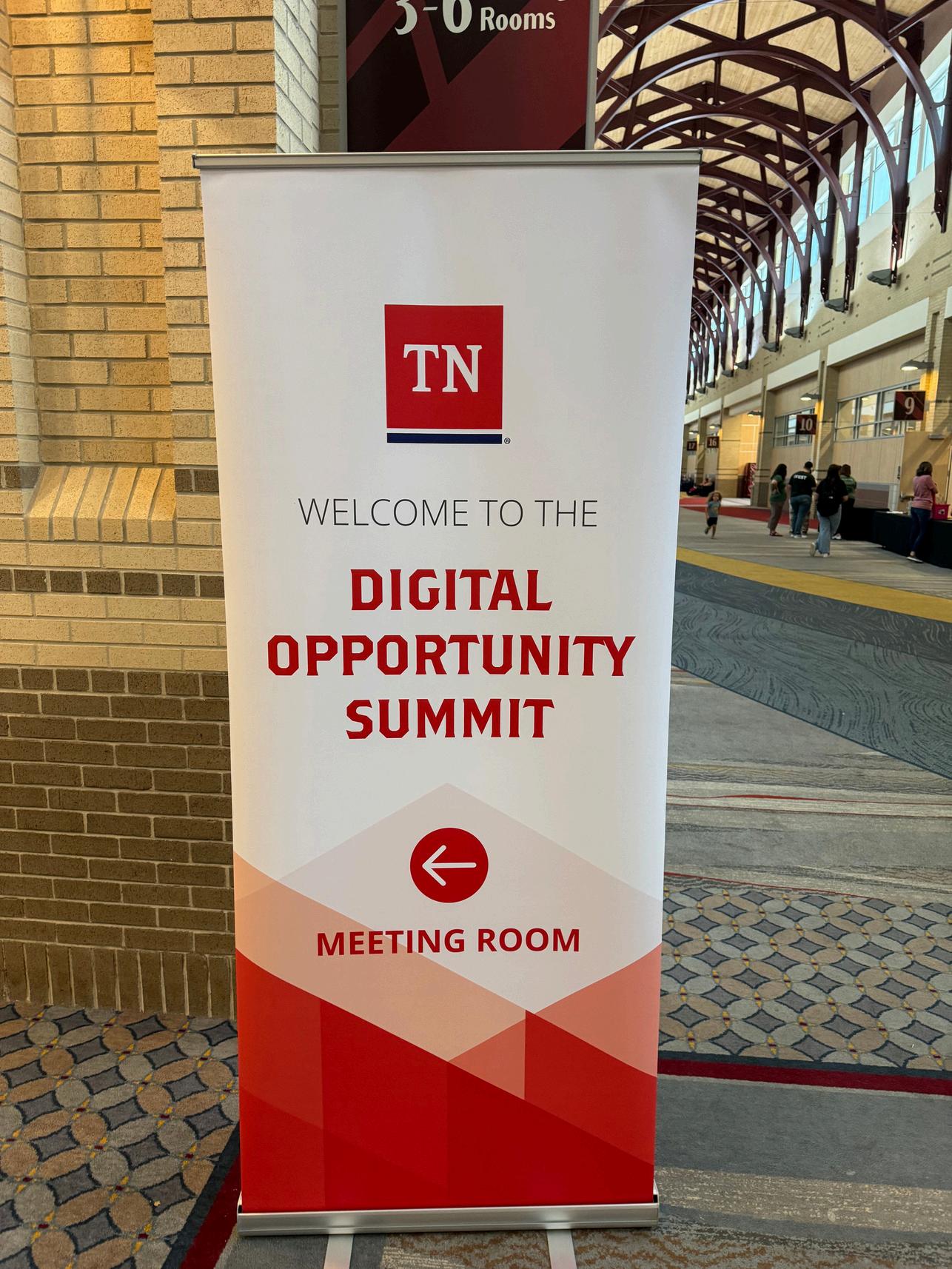
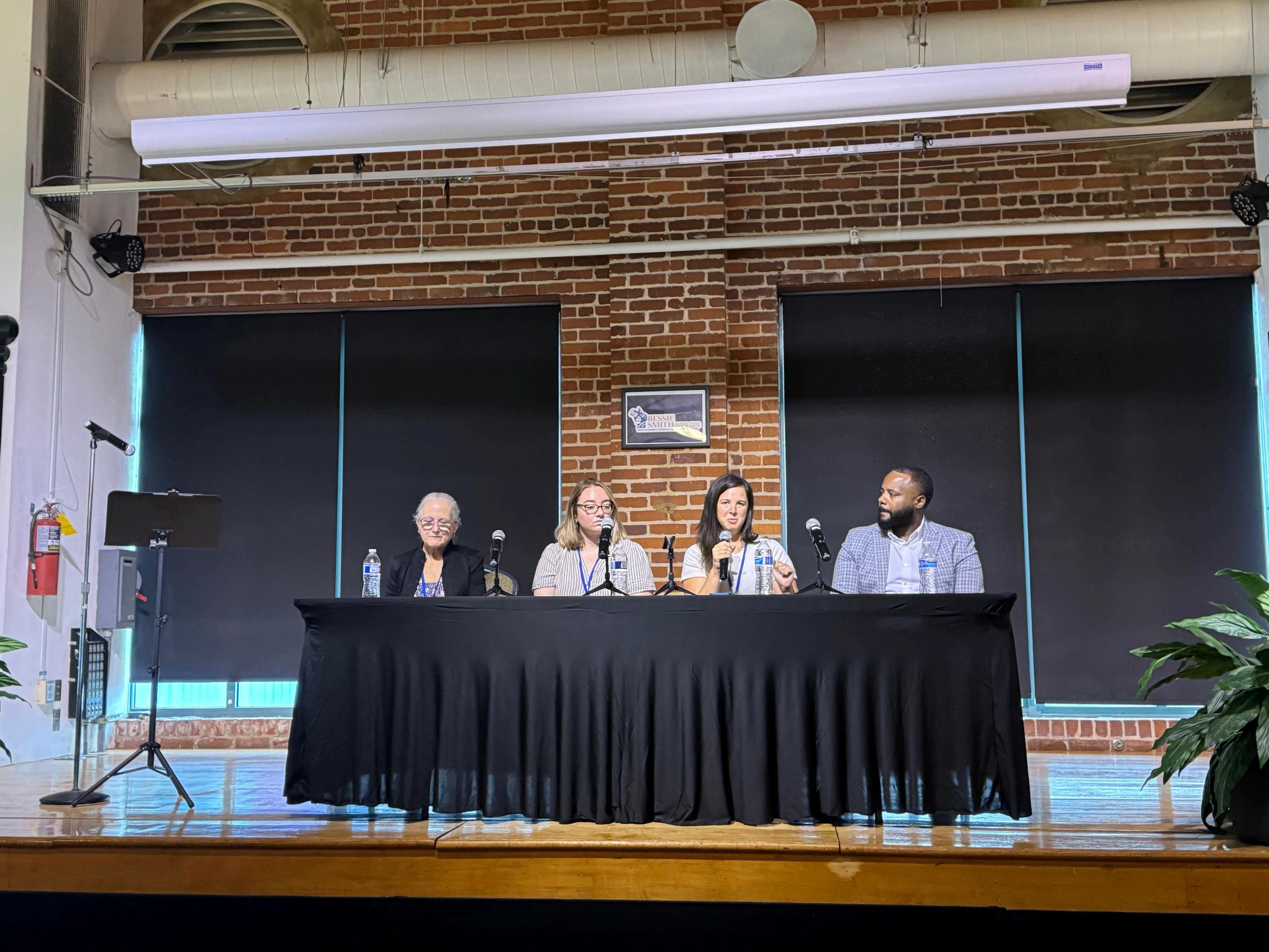
Tennessee ked a nection, since oth infrastructure ortunity funding, arrowed that connecting over holds leaving 0 households derserved
However, the primary focus of the Summit was on the state s digital opportunity investments. Through a mixture of state and federal funding, over $113 million has been invested in digital skills and digital equity programs to date, many of them in the current calendar year. However, even through their incredible outreach programs, the state was not able to get the participation of all of their 95 counties leaving many households out in the cold
I was encouraged to see a diverse audience at the event and by the work of Holly Rachel who spoke about the integral role of leveraging partnerships Holly helped start the Nashville chapter of Blacks in Technology and spoke about how through strategic partnerships she managed to develop more tech career opportunities for Black learners Katie Cour, CEO of the Nashville Public Education Foundation, reiterated the importance of partnerships like those that she developed, especially as the Foundation came to realize that just assisting students in need wasn’t enough. To make the most significant impact, it was imperative that they work with established partners to assist the digital and connectivity needs of the entire family.
My first visit to Chattanooga was an incredibly enlightening experience I was heartened by the passion and sincerity of folks I talked with and tthe biggest takeaway from this visit was learning about the impact of the Tech Goes Home program across the state as they have assisted other programs in replicating their service model to create a broader reach In Hamilton County alone, Tech Goes Home has trained more than 5,000 people and provided over 4,700 devices to the community; their influence goes far beyond the county borders

As the NCC team develops the next decade of programming and research, we are interested in your feedback! This information will be used by the NCC team to understand how we can better serve members.
